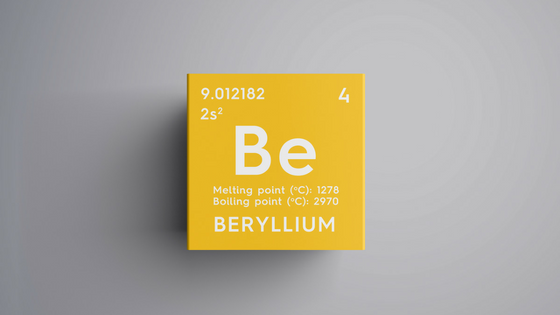The Occupational Safety and Health Act of 1970 was created to protect the lives of American workers. Under the Act, employers are responsible for providing a safe workplace for their employees.
OSHA developed a number of standards and regulations that employers must follow in order to provide a safe work environment for their employees.
The role of OSHA is to enforce these regulations by conducting periodic inspections. They also revise and update their regulations to coincide with modern day abilities and expectations.
In January of 2017, OSHA announced new comprehensive health standards related to exposure to beryllium in all industries.
The compliance requirements include a more stringent 8-hour permissible exposure limit (PEL) and short-term exposure limit (15 minute or less) STEL. This new requirement applies to general industry, construction, and shipyard industries.
Enforcement of these new standards will take effect on May 11th, 2018.
The enforcement date has been pushed back from its original date of March 12th, 2018.
In the meantime, if employers fail to meet the new requirements, OSHA will inform the employer of its current exposure levels and will offer assistance in helping them to understand and meet compliance requirements.
The primary concerns with beryllium are related to inhalation hazards. When workers breath in excessive levels, they can develop irritation and illnesses to their lungs. Chronic Beryllium Disease and Acute Beryllium Disease are the two main illnesses that employees most often experience. Lung cancer can also be a result of beryllium exposure.
For more information on the health effects of beryllium, check out OSHA’s website to learn more.
In general, elimination or substitution are the preferred control methods for protecting workers from beryllium hazards. Engineering controls can also help protect them. As a last resort, workers can participate in a respiratory protection program.
Do your workers come into contact with beryllium? If so, make sure you have a plan in place to protect them. Enforcement of this new standard begins on May 11, but you should start protecting your employees now.
